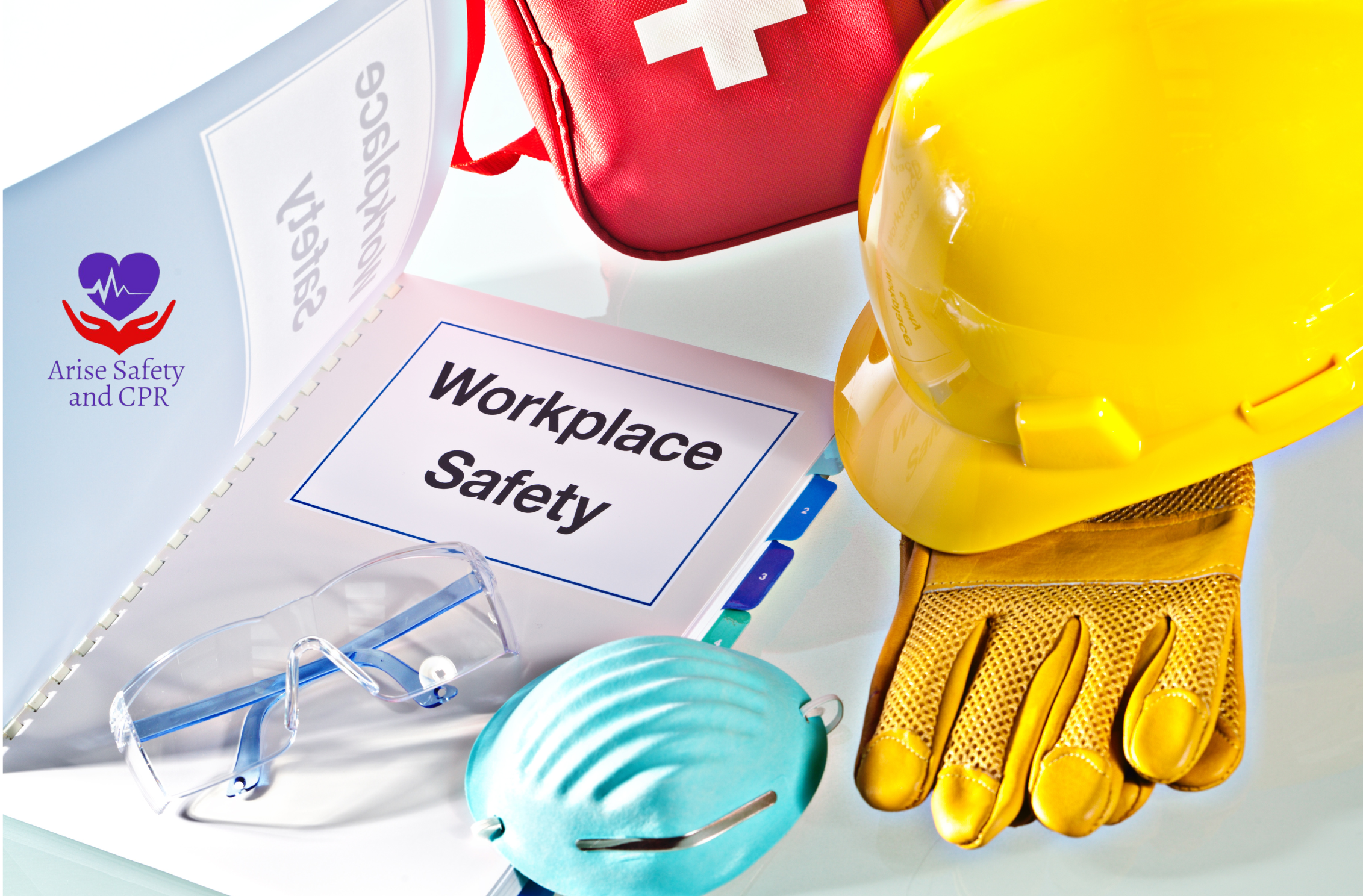Every day, more than 12 workers lose their lives on the job. That’s over 4,000 lives lost annually. On top of that, more than 4.1 million workers suffer serious injuries or illnesses related to their work each year, costing businesses $198 billion. These are grim numbers, but there’s hope: every single one of these incidents is preventable. How? Through effective safety measures like an Injury and Illness Prevention Program (I2P2).
Are You Prepared to Prevent Workplace Hazards?
Here’s the critical question: Do you have a program to identify and fix workplace hazards before someone gets hurt? If not, it’s time to take action. Injury and Illness Prevention Programs (I2P2) save lives, prevent injuries, and foster safer workplaces.
Thirty-four states already require or encourage employers to implement these programs, which are proven to work. Want proof? Let’s look at some real-life examples.
Real-Life Examples of I2P2 Success
Case Study 1: Construction Company Reduces Injuries by 35%
A midsized construction company in California adopted a comprehensive I2P2 program after experiencing a high rate of workplace injuries. By emphasizing worker participation and hazard identification, they implemented daily pre-shift safety meetings and trained employees on hazard spotting.
- Results:
- Injury rates dropped by 35% in the first year.
- Workers reported higher satisfaction, knowing their input mattered.
- Insurance premiums decreased, saving the company thousands annually.
Case Study 2: Manufacturing Facility Eliminates Major Hazards
A Michigan-based manufacturing plant introduced an I2P2 program with a focus on hazard prevention and control. They conducted a workplace hazard assessment, identifying several outdated machines as significant risks. Management replaced unsafe equipment and provided workers with additional protective gear.
- Results:
- Zero major injuries for three consecutive years.
- Improved efficiency as workers felt safer and more focused.
- Recognition by industry groups for outstanding safety practices.
Case Study 3: Retail Chain Saves Millions with Training Programs
A national retail chain implemented an I2P2 program emphasizing education and safety training. They trained employees to identify risks such as slippery floors, cluttered aisles, and improper lifting techniques. Managers also reinforced a zero-tolerance policy for safety violations.
- Results:
- Workers’ compensation claims fell by 50% within two years.
- Over $2 million saved in injury-related costs.
- Improved employee retention as workers felt valued and protected.
Case Study 4: Hospital Enhances Worker and Patient Safety
A hospital in Texas implemented an I2P2 program with a special focus on program evaluation and improvement. They introduced biannual reviews to assess risks, such as lifting injuries among nursing staff. The program also addressed needle-stick prevention by adopting new, safer technologies.
- Results:
- Reduced workplace injuries by 40%.
- Patients benefited too, as fewer incidents disrupted care delivery.
- The hospital earned local and national safety awards.
What Makes These Programs Work?
The success of these real-life examples boils down to the key elements of an effective I2P2:
- Management Leadership: Support from the top ensures that safety is a priority.
- Worker Participation: Front-line workers help identify hazards others might miss.
- Hazard Identification and Assessment: A clear process to find risks early.
- Hazard Prevention and Control: Implementing safeguards and solutions.
- Education and Training: Ensuring everyone knows their role in staying safe.
- Program Evaluation and Improvement: Continuous improvement keeps the program effective.
Your Path to a Safer Workplace
These success stories show how an I2P2 program can transform workplace safety, reduce costs, and save lives. Whether you’re in construction, manufacturing, retail, healthcare, or any other industry, the principles remain the same: find and fix hazards before they harm workers.
Take the first step today. Engage your leadership, involve your workers, and create a plan tailored to your workplace. A strong I2P2 isn’t just a compliance tool—it’s a commitment to protecting your people and your bottom line.
Stay Positive, Stay Safe
Every workplace can benefit from safer practices. With an effective I2P2 program, you can prevent injuries, save lives, and build a culture where everyone thrives. Until next time, remember: Stay positive, stay safe, and act now.
Related articles:
Why CPR is Critical in Manufacturing
Call for a quote to get your team CPR and First Aid Certified





